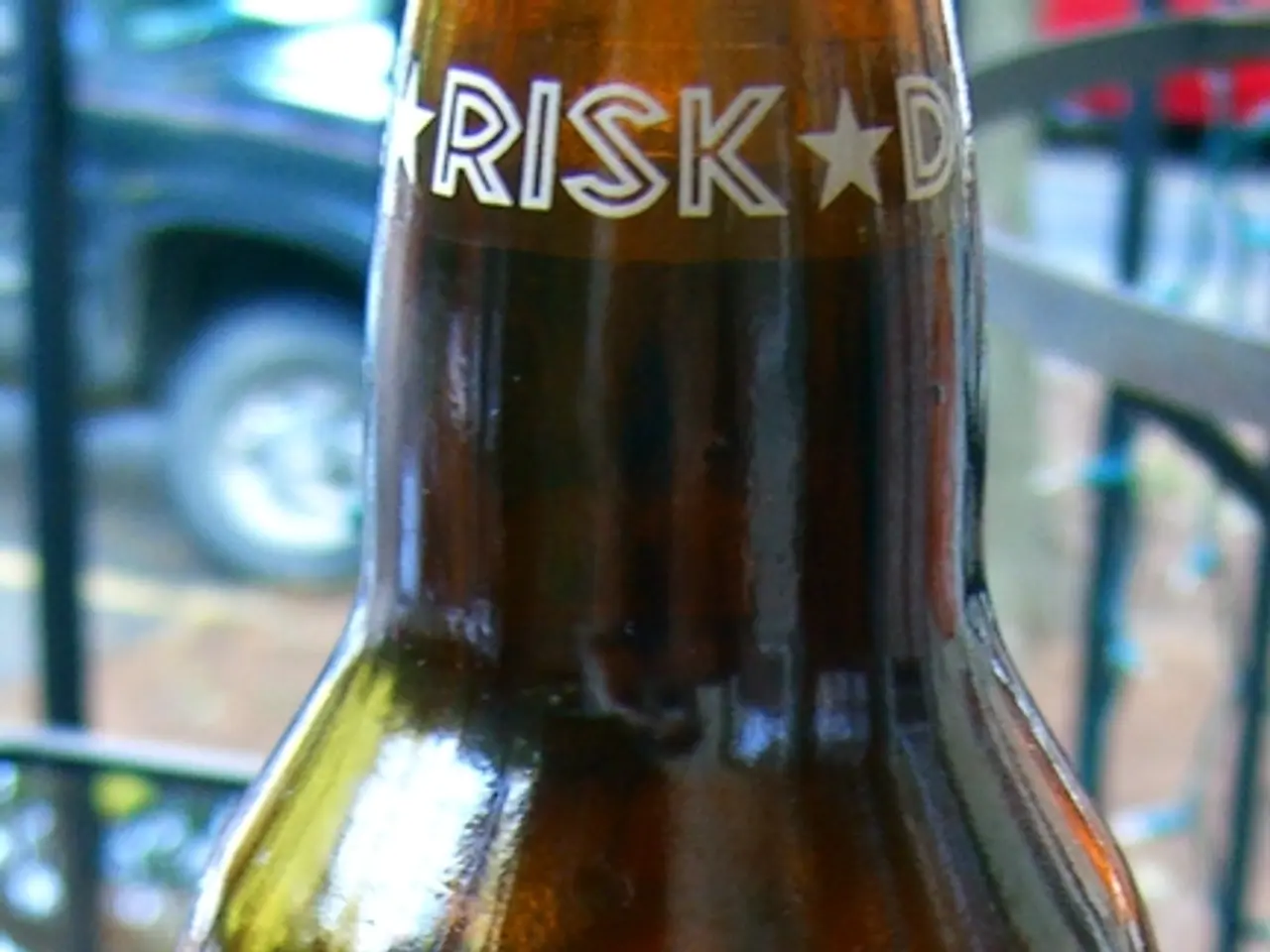Pandemic Drives Surge in Alcohol-Related Road Deaths
Alcohol-related road fatalities surged during the COVID-19 pandemic, with a worrying rise in impaired drivers. Mental health struggles and reduced policing may have contributed to this increase in alcohol-related road fatalities, according to recent findings.
In 2020, 30% of passenger-vehicle drivers killed in crashes had a blood alcohol concentration above the legal limit, up from 28% in 2019. This alarming trend may be linked to the relaxation of alcohol regulations during the pandemic. Several U.S. regions allowed alcohol home delivery, aiming to support businesses and reduce virus exposure. However, this was associated with an increase in alcohol-impaired driving deaths.
The pandemic also brought a mental health crisis, with 60% of U.S. adults reporting increased drinking. Mental health struggles, such as isolation and stress, likely contributed to this rise in alcohol consumption and related road fatalities. Additionally, reduced policing may have lowered inhibitions about driving under the influence.
Interestingly, allowing bars and restaurants to sell alcohol to-go was associated with fewer impaired-driver deaths. Home-delivery policies, however, were linked to around 304 additional impaired-driving deaths per year, while to-go policies were associated with roughly 450 fewer deaths per year.
The COVID-19 pandemic has left a stark mark on alcohol-related road fatalities, with impaired-driving deaths increasing significantly. Mental health struggles and reduced policing may be key factors in this rise. While to-go alcohol policies seem to have had a positive impact, home-delivery policies may have contributed to the problem. As the world emerges from the pandemic, addressing these issues will be crucial to reversing this alarming trend.
Read also:
- Inadequate supply of accessible housing overlooks London's disabled community
- Strange discovery in EU: Rabbits found with unusual appendages resembling tentacles on their heads
- Duration of a Travelling Blood Clot: Time Scale Explained
- Fainting versus Seizures: Overlaps, Distinctions, and Proper Responses






